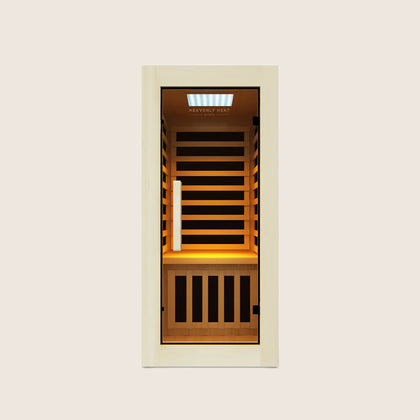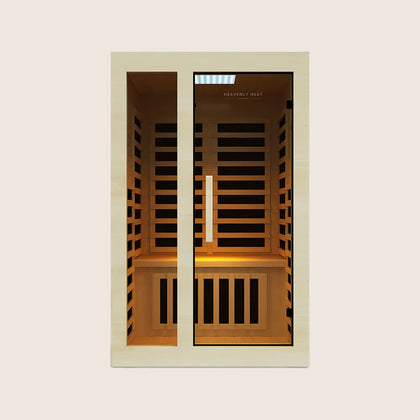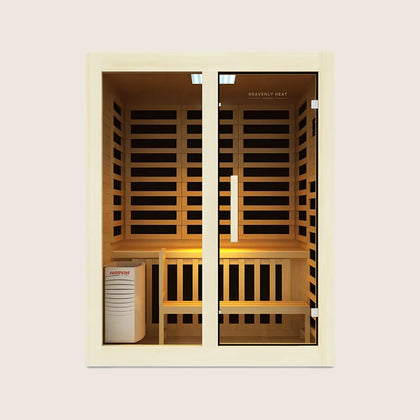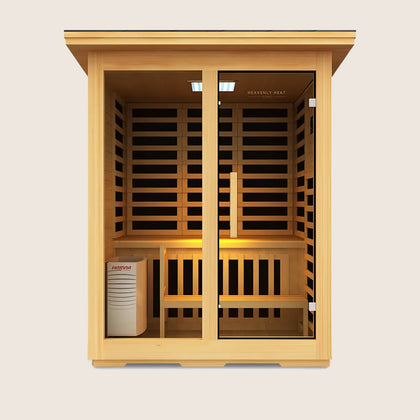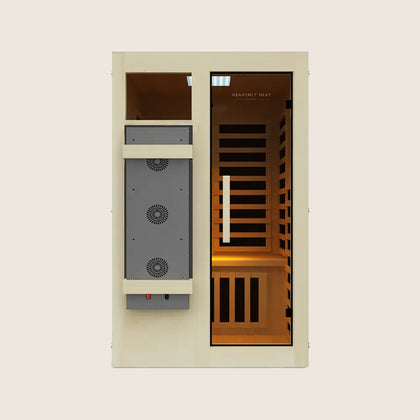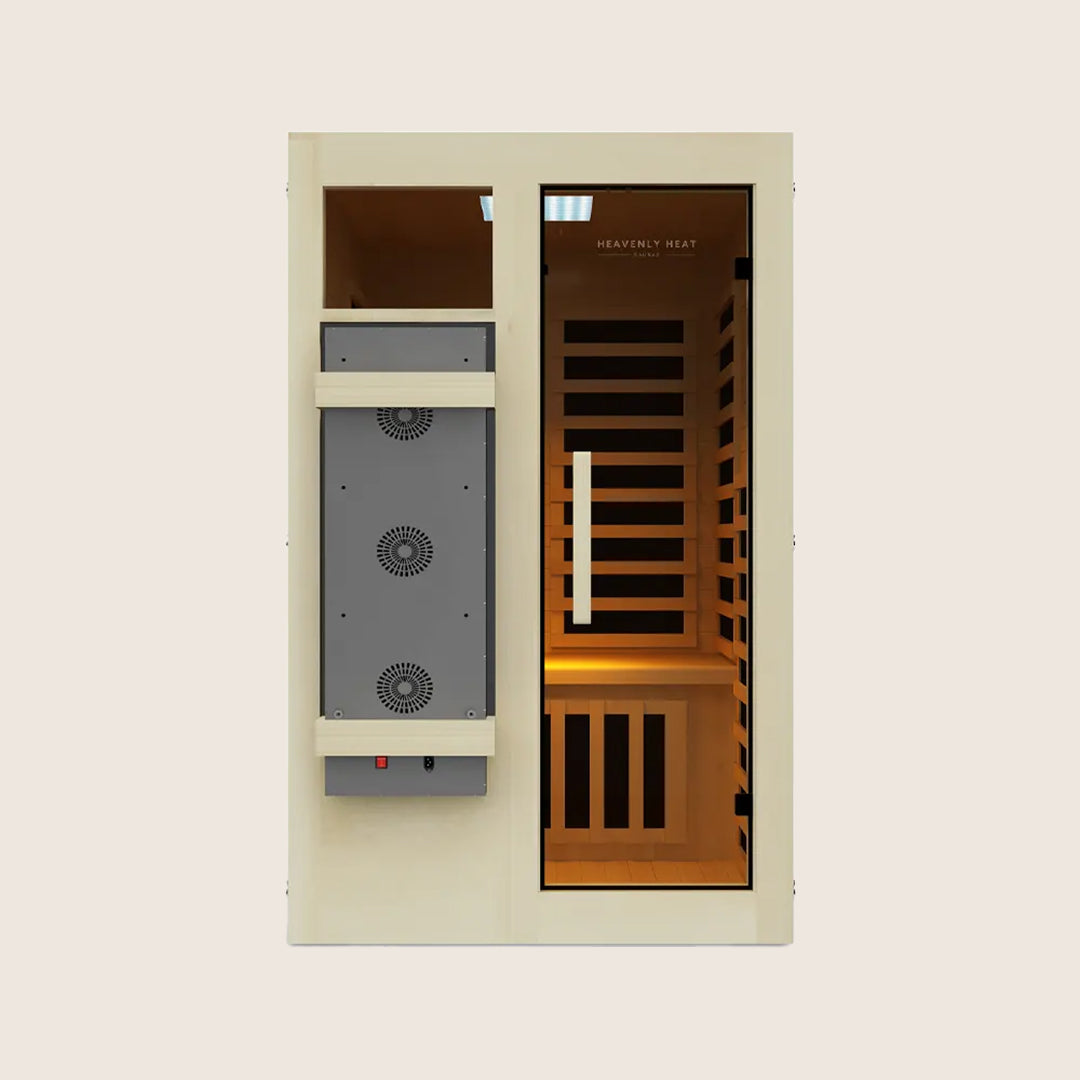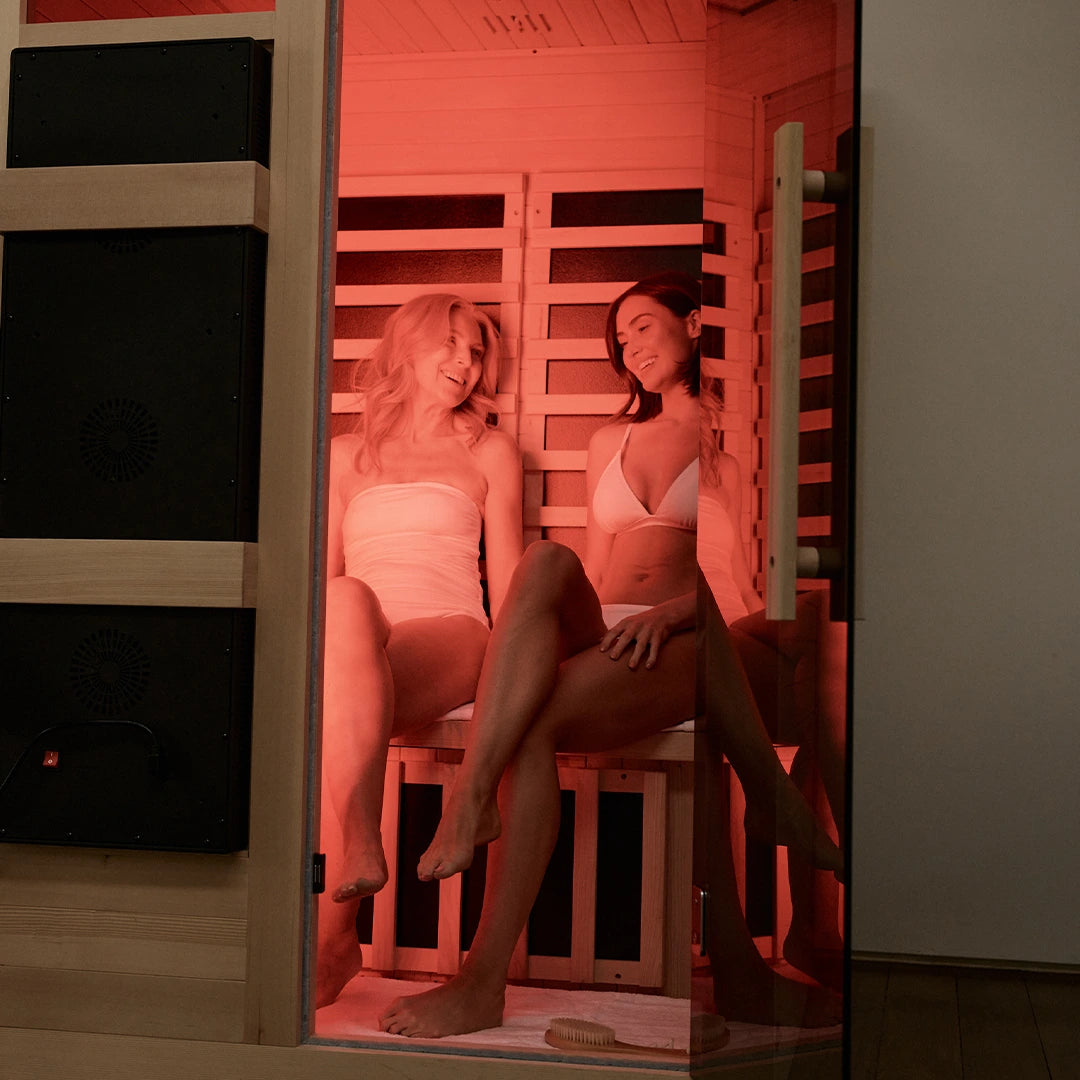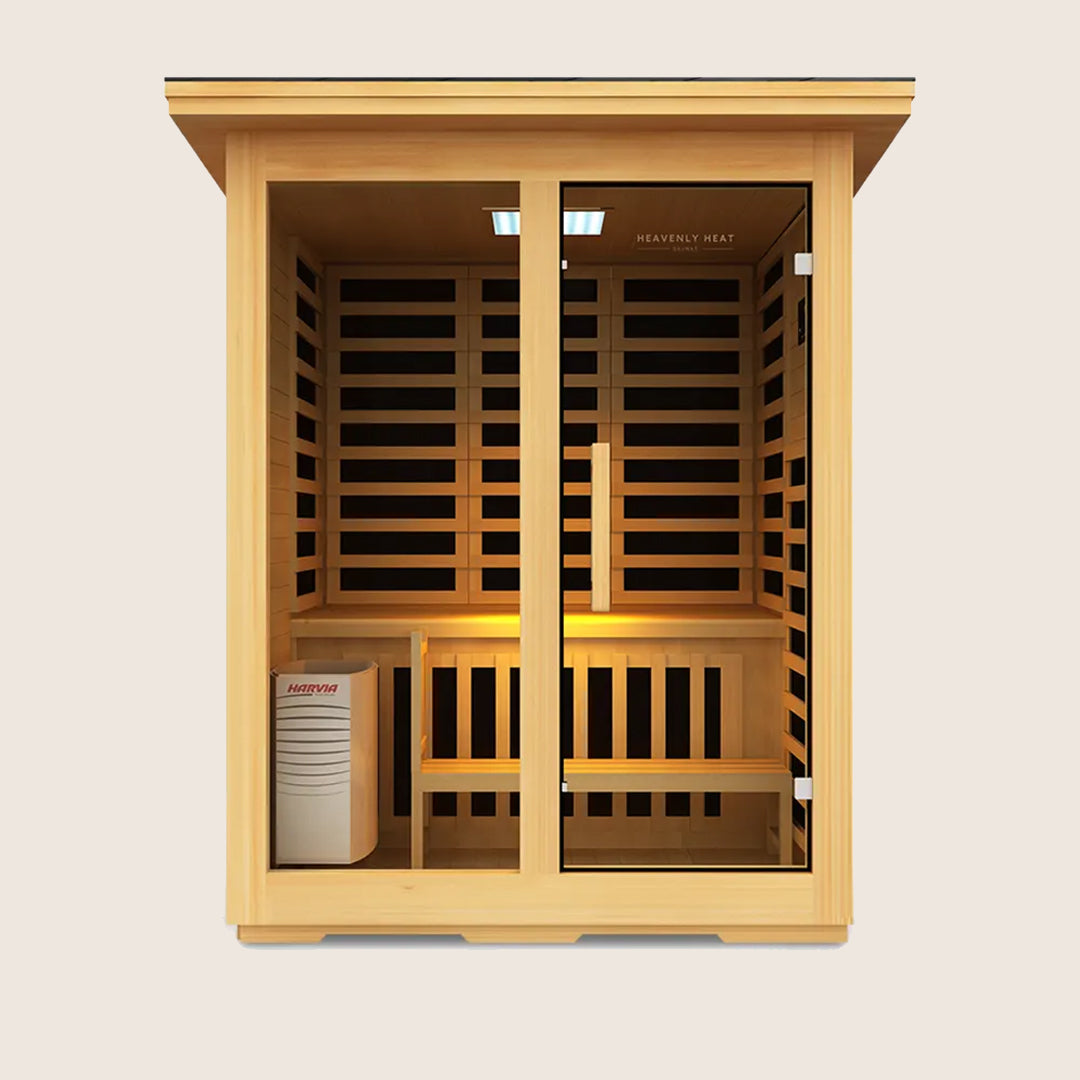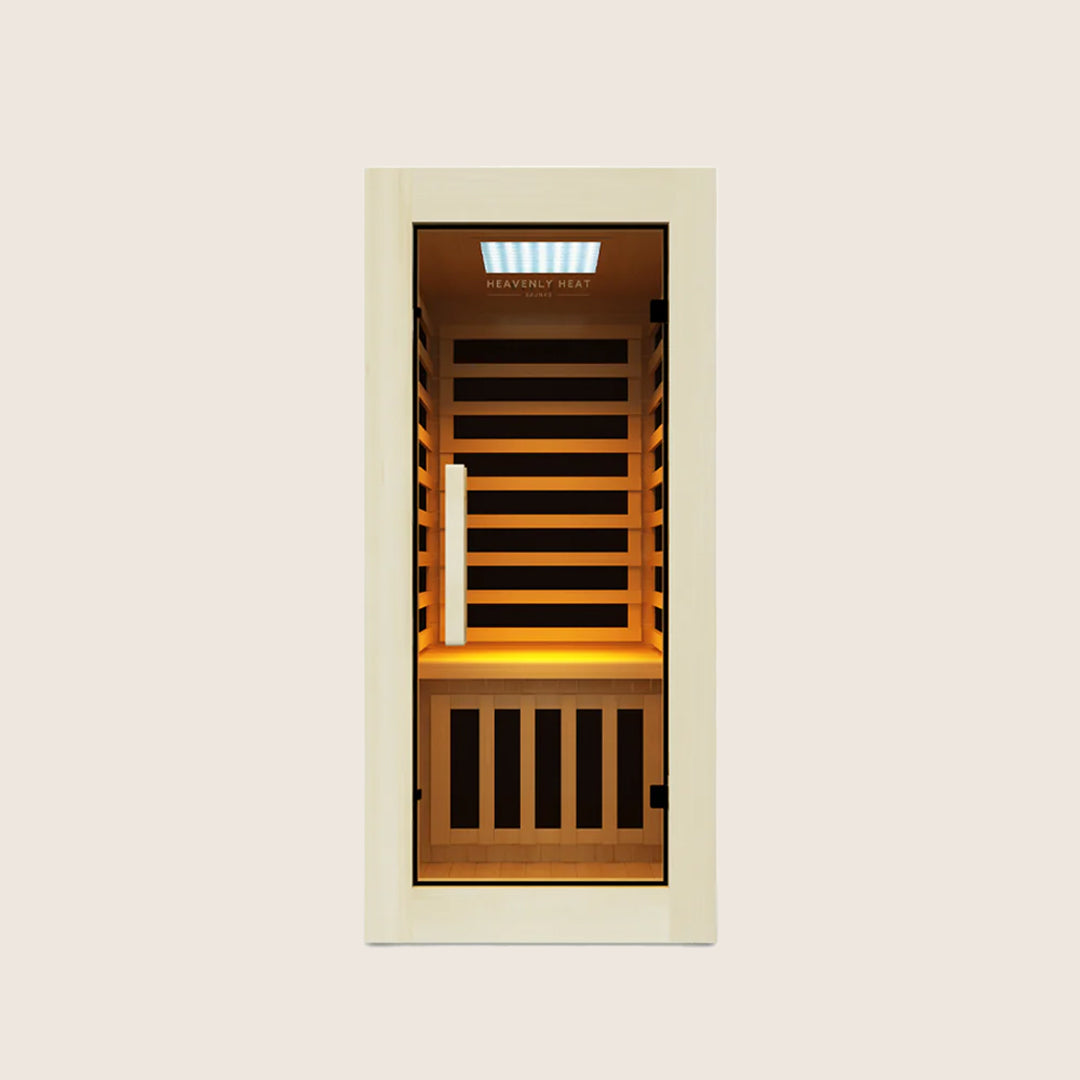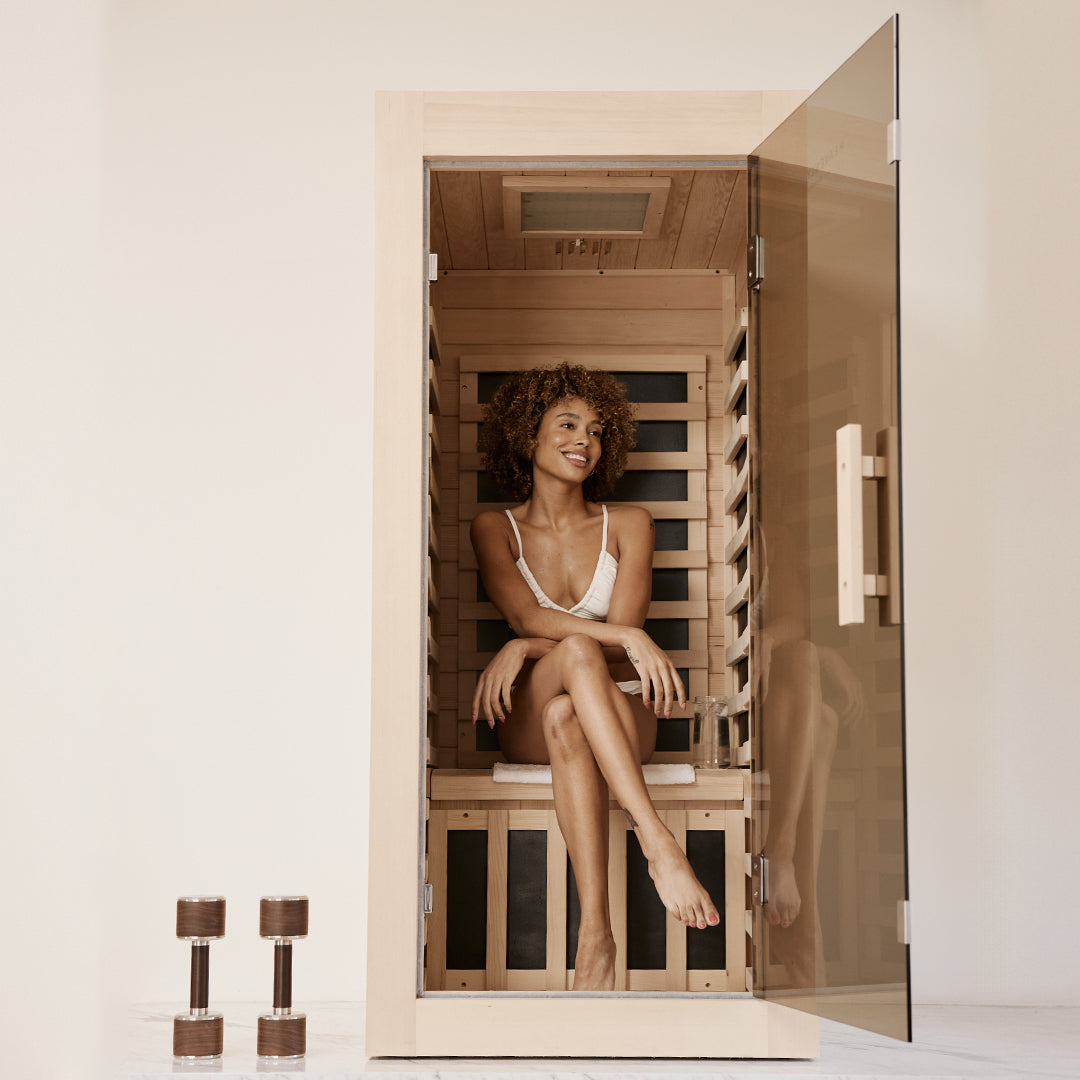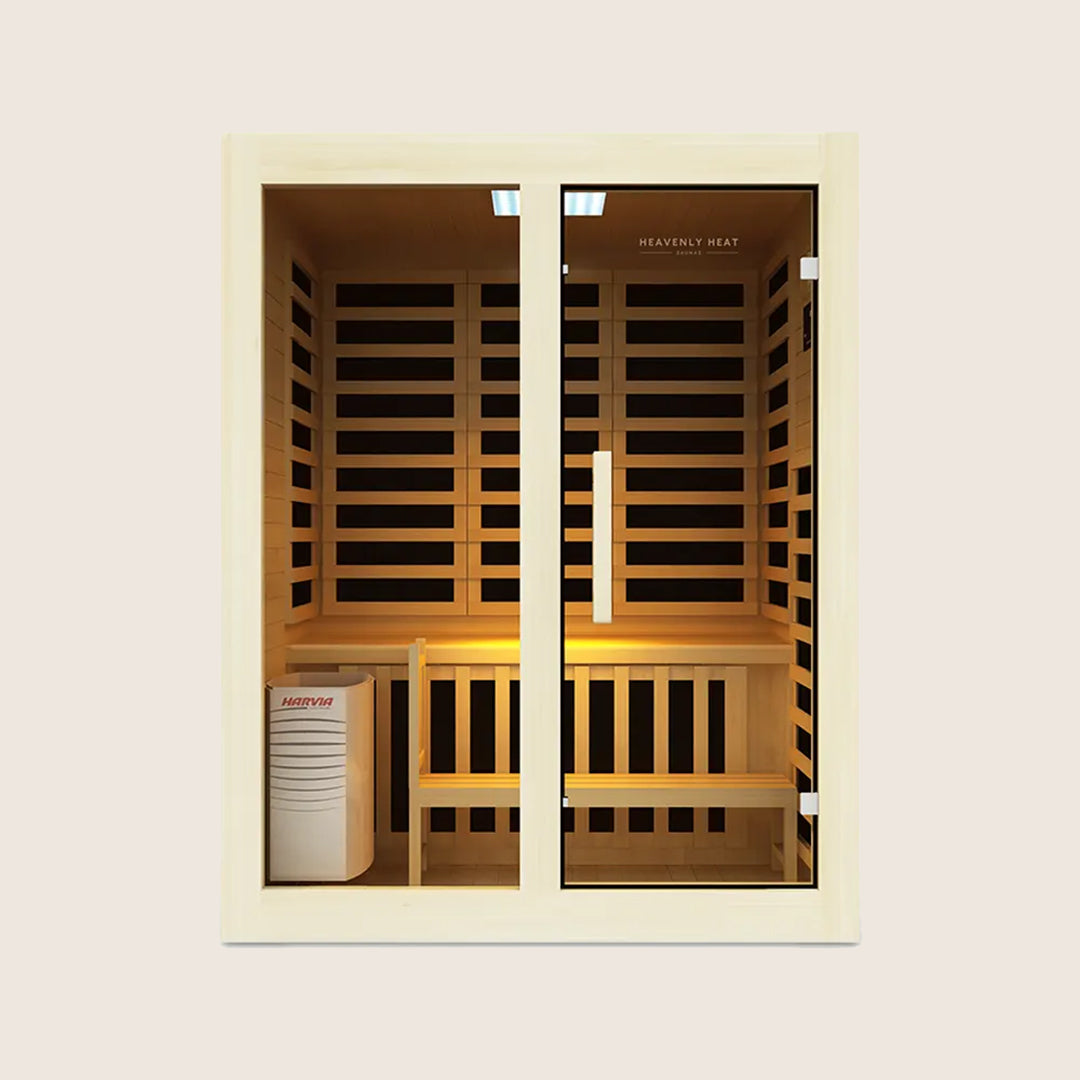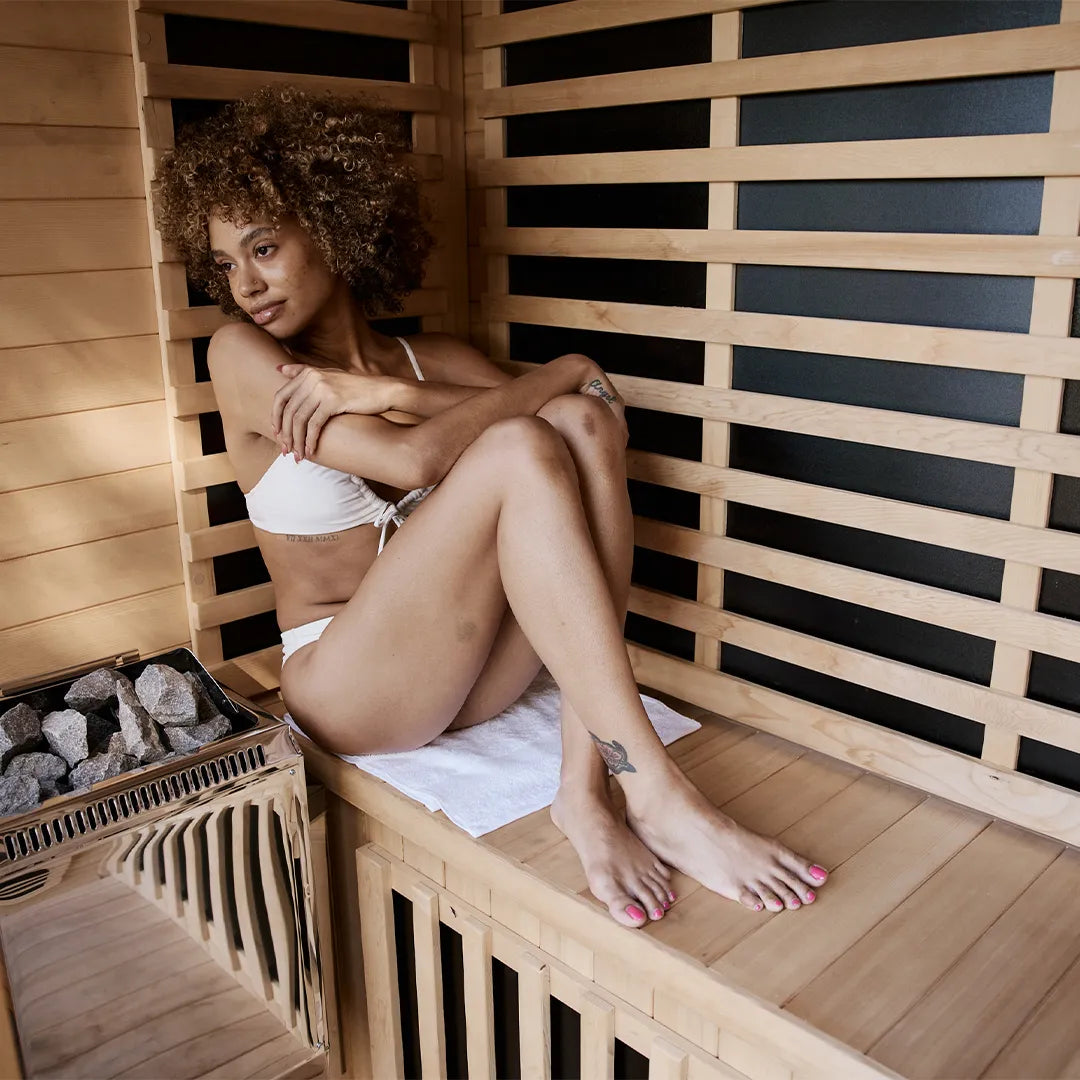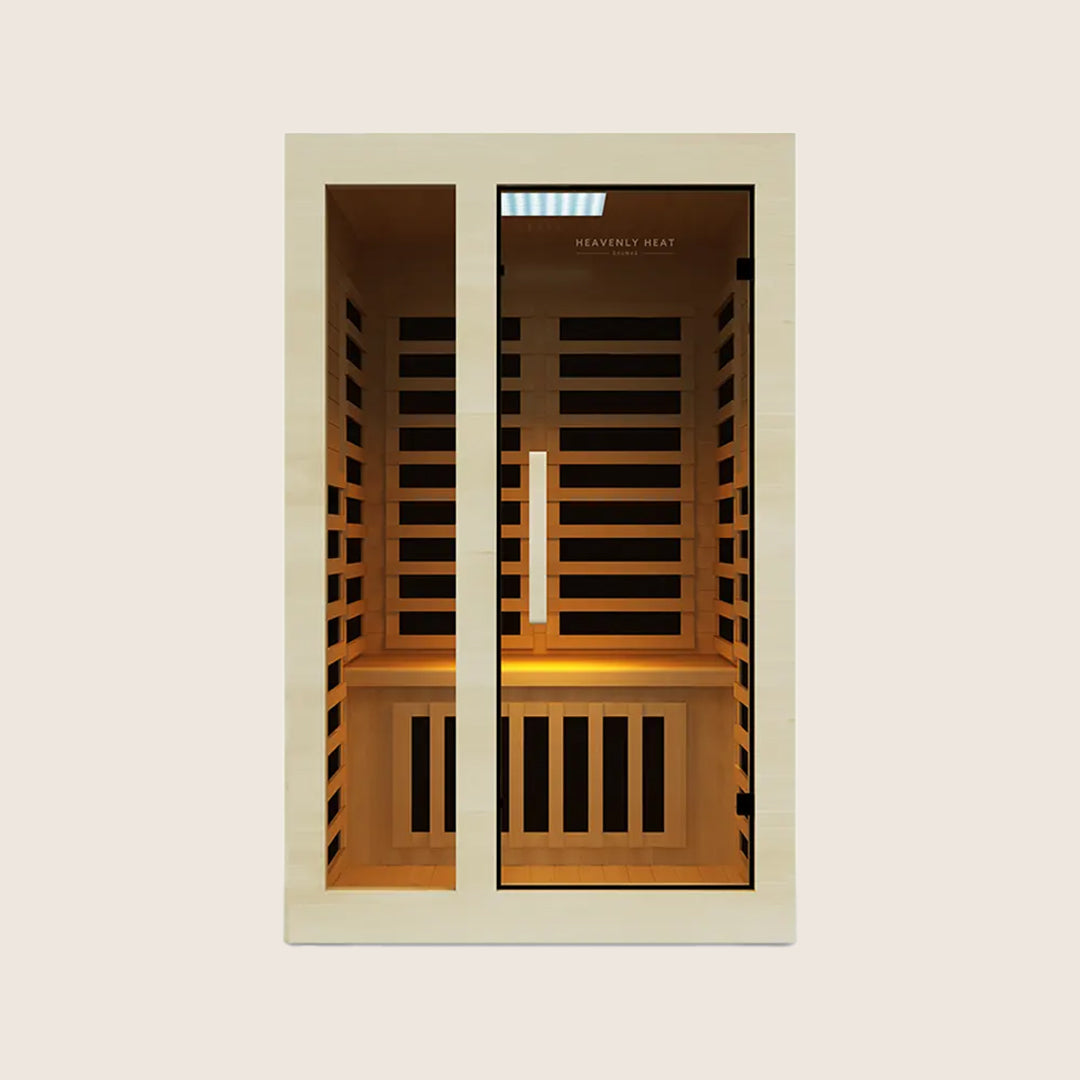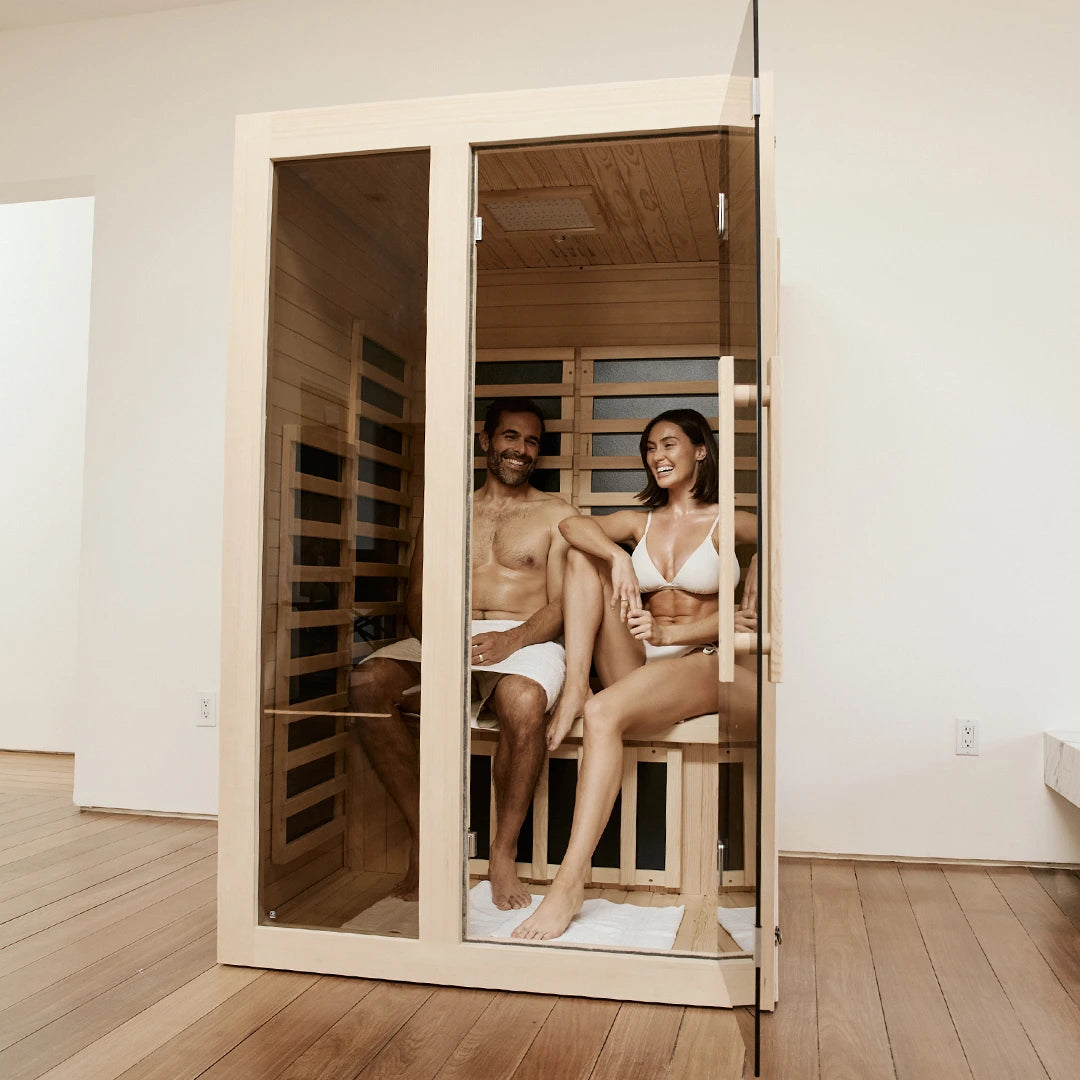Does a Hot Tub Need to Be on Concrete for Stability?
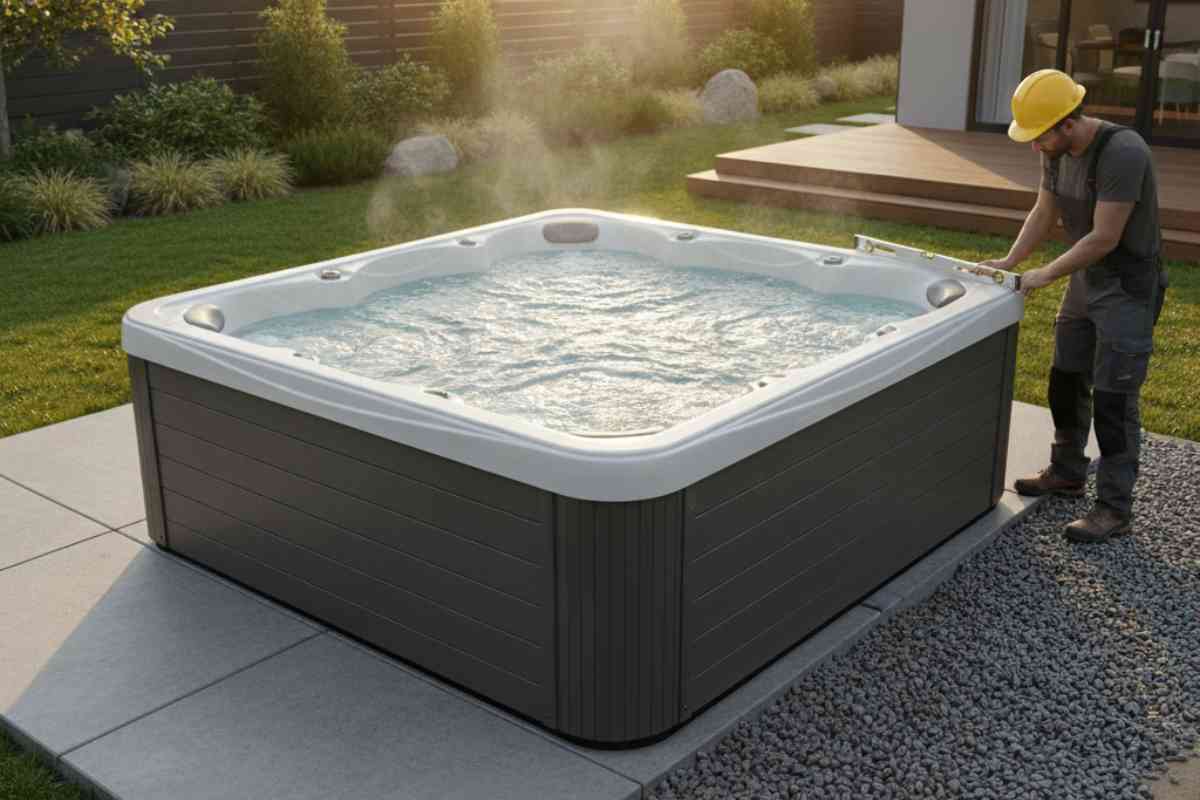
Setting up a hot tub isn’t just about picking a stylish model, it starts with a strong, stable base.
Without the right foundation, your tub can shift, tilt, or even crack, creating costly problems.
This guide explains why concrete often works best, explores alternatives, and shows how to keep your hot tub safe, level, and long-lasting.
Table of contents
Key Takeaways
Concrete Offers Stability: A reinforced concrete pad provides a strong, level base to keep your hot tub secure.
Consider Long-Term Durability: Concrete and properly prepared paver stones can withstand heavy weight and harsh weather over time.
Safety First: Reinforce your pad or deck to prevent shifting, tilting, or cracking under the full weight of your hot tub.
Plan for Proper Installation: Allow concrete to cure, ensure drainage, and hire professionals for electrical and structural work.
Location Matters: Choose a level, accessible spot that blends with your landscape and meets utility and safety requirements.
Does a Hot Tub Need to Be on Concrete?
Yes, a hot tub should be placed on a solid, level foundation to ensure stability and safety.
Concrete slabs, reinforced with steel rebar or mesh and at least 4 inches thick, are commonly recommended for supporting the substantial weight of a filled hot tub, which can exceed 6,000 lbs.
Proper installation includes compacted gravel beneath the slab, a vapor barrier to prevent moisture issues, and a slight slope for drainage.
While alternatives like paver stones or reinforced wooden decks can be used, they require careful preparation and may not offer the same long-term durability as concrete.

Benefits of Using a Concrete Pad for a Hot Tub
Enhanced Stability and Support: Provides a strong, level base to keep your hot tub secure.
Long-Term Durability: Can withstand heavy weight and harsh weather over time.
Improved Safety: Reduces the risk of shifting, tilting, or uneven settling.
Low Maintenance: Easier to clean and maintain compared to wood or gravel surfaces.
Better Drainage: Helps water flow away from the hot tub, preventing pooling and damage.
Aesthetic and Customizable: Can be designed to match your outdoor space with various finishes and colors.
Best Foundation Materials for a Hot Tub
Concrete Slabs
A concrete slab is one of the most dependable choices for a hot tub foundation, combining strength, durability, and reasonable cost compared to other options.
A typical residential slab, usually 4–6 inches thick, can handle heavy loads like vehicles, but most professionals recommend going thicker—around 6–8 inches with steel reinforcement—when supporting a fully filled hot tub.
While it doesn’t match the extreme load capacity of deep foundations or strip footings, a slab offers a practical and economical solution for even, moderate weights.
Long-term performance, however, comes down to installation quality. According to industry standards, properly compacted soil, reliable drainage, a vapor barrier, and high-grade concrete help prevent cracks from shifting soils and protect against moisture, which can otherwise corrode the steel inside.
On the cost side, concrete slabs generally range from $4–$15 per square foot. By comparison, gravel pads cost just $1–$3 but lack permanence, while decking—often $25–$80—delivers aesthetics at a much higher price.
For most homeowners, a concrete slab strikes the perfect balance of strength, affordability, and low maintenance.
Paver Stones
Paver stones make an appealing and reliable base for a hot tub when installed the right way. Their real strength doesn’t come from the stones alone, but from the compacted gravel or crushed stone foundation beneath them.
With a solid 4–6 inch gravel base, pavers can hold the weight of a hot tub just as well as a concrete slab, spreading the load evenly and preventing issues like sinking or tilting.
In terms of longevity, a properly prepared paver foundation can last 20–30 years under heavy use, while the stones themselves often endure 25–50 years or more.
Another major benefit is drainage and stability. Unlike poured concrete, which is prone to cracks, or loose gravel, which shifts over time, pavers adapt to freeze-thaw cycles, remain flexible, and let water drain through the joints.
Although most hot tub manufacturers and building guidelines tend to recommend concrete slabs as the safest bet, paver stones are still a smart and practical choice—provided the base is stable, level, and carefully compacted.
Gravel or Crushed Stone
Gravel or crushed stone can create a stable foundation for a hot tub if prepared correctly.
The best type is angular crushed stone because it locks together better than rounded gravel.
You need a base at least 4 to 6 inches deep to support the weight of a filled hot tub. Pea gravel looks nice but shifts too easily, so crushed stone is usually safer.
Level the stones carefully, checking with a long board or level. Compact the gravel well before placing the hot tub to prevent settling, which keeps your hot tub stable and secure over time.

Wooden Decks
Wooden decks can be an inviting place for a hot tub, but they come with some big considerations.
Most standard decks are built to handle about 50 pounds per square foot (psf), yet a filled hot tub with water and people can easily top 100 psf—often weighing more than 4,000 pounds, roughly the same as two small cars.
Because of that, experts emphasize that many existing decks simply aren’t strong enough without upgrades.
While building codes don’t directly say “reinforce for a hot tub,” they do require the structure to safely support its full weight, which typically falls in the 100–125 psf range.
Meeting this usually involves heavier joists, closer beam spacing, extra posts, or even creating a custom support system.
As for durability, treated wood decking might last 10–15 years under normal use, but near a hot tub, constant moisture, chemicals, and heat can cut that down to 5–10 years.
Though some homeowners opt for reinforced wooden decks, many professionals recommend concrete slabs as the longer-lasting choice. A structural engineer or contractor should always confirm safety before installation.
Plastic or Composite Pads
Plastic pads act like a flat, durable base that protects your hot tub from uneven ground.
Composite pads are similar but combine plastic with recycled materials, offering extra strength and eco-friendliness.
Both types can hold the weight of most hot tubs, but check manufacturer recommendations for very large models.
These pads are easy to install, and you usually just place them on firm, level soil. They last many years, often over a decade, and composite pads reduce environmental impact because they use recycled components. Properly installed, they give a neat, low-maintenance foundation.
Sand Bases
A sand base is a soft, adjustable foundation that helps your hot tub sit evenly. Start by leveling the ground, removing rocks and debris, then add coarse, sharp sand instead of fine beach sand.
About 3 to 4 inches of sand works well under the tub, providing cushioning without sinking.
Sand bases drain water efficiently and can prevent minor cracking compared to hard surfaces.
You can maintain it by occasionally checking for low spots and raking lightly. With the right preparation, a sand base provides excellent support while allowing a natural look and easy installation.
Choosing the Right Location for Your Hot Tub
Assess Your Space: Make sure you have enough room for the hot tub and movement around it.
Consider Privacy: Choose a spot that gives you seclusion from neighbors or passersby.
Check Sun and Shade: Find a balance between sun exposure and shaded areas for comfort.
Ensure Easy Access: Place the hot tub where you can easily enter and exit safely.
Evaluate Safety and Ground Stability: Ensure the ground is level, firm, and safe for installation.
Blend with Your Landscape: Integrate the hot tub naturally with your garden or backyard design.
Plan for Utilities and Drainage: Make sure water, electricity, and drainage needs are easily met.
How thick should a concrete pad be for a hot tub?
When planning for a hot tub, the foundation matters just as much as the spa itself. As Watsons notes, a typical hot tub can weigh anywhere from 3,000 to 6,000 pounds once it’s filled with water and people, so the base needs to be exceptionally sturdy.
For this reason, industry standards suggest a reinforced concrete slab no thinner than 4 inches, with 6 inches often recommended for extra strength.
Insights from Richfield Concrete highlight that while a 4-inch slab may work for lighter-use patios or walkways, heavy loads like hot tubs demand a thicker base to prevent cracks or shifting over time.
The installation process generally starts with excavating 8–12 inches of soil, adding a 4–6 inch gravel layer, and reinforcing with mesh or rebar before pouring the slab.
A slight slope of ¼ inch per foot ensures proper drainage, and the concrete should be left to cure for 7–28 days. Done right, this preparation guarantees a stable, long-lasting foundation for your hot tub.
Should concrete pads for hot tubs be reinforced?
Concrete pads for hot tubs must be reinforced with rebar or welded wire mesh to prevent cracking and support the heavy load.
Reinforcement ensures durability, stability, even weight distribution, crack prevention, and compliance with warranties. Pads should be at least 4–6 inches thick and professionally installed.
What type of reinforcement is needed for a concrete hot tub pad?
A concrete hot tub pad requires reinforcement with steel rebar or welded wire mesh to prevent cracking under the weight of the tub and water.
Use a compacted 4–6 inch gravel base, at least a 4-inch concrete slab, correctly positioned reinforcement, and proper curing for durability.
What type of concrete is best for a hot tub slab?
For a hot tub slab, use a 4-inch thick reinforced concrete slab with 2,500–3,000 psi strength, microfiber or wire reinforcement, a level surface, and a compacted base.
Avoid fly ash, ensure no drainage slope, and follow manufacturer guidance, considering the filled tub’s weight for stability.
How do I know if my deck can support the weight of a hot tub?
To determine if your deck can support a hot tub, calculate the total weight including the tub, water, and occupants, then compare it to your deck’s load capacity.
Always hire a licensed structural engineer or contractor to inspect, assess, and reinforce if necessary for safety and compliance.
FAQs
Can a hot tub be placed on grass or dirt?
No, you should not. Grass or dirt can sink under the hot tub’s weight, causing damage, instability, and dampness. Use a level concrete slab, reinforced deck, or gravel base. Precautions: check for leveling and drainage. Benefits: longer tub life, safer use, and easier cleaning.
When can you put a hot tub on new concrete?
You should wait at least 28 days before placing a hot tub on new concrete, as this allows it to reach full structural strength. While walkable within a week, early placement risks cracking or instability. Consult your contractor for slab-specific curing guidance.
Can I install a hot tub myself, or do I need professional help?
It might sound exciting to take on a hot tub installation yourself, but most models require a heavy-duty 240-volt, 50-amp electrical connection, something best left to a licensed electrician. Experts point out that professional installation not only ensures your setup meets the National Electrical Code (Article 680) and local permit requirements, but also protects you from costly and dangerous mistakes. A poorly wired hot tub can trip breakers, damage the system, or even create serious safety risks. Homeowners who attempt DIY installs often end up paying between $160 and $400 for repairs, while bigger issues like leaks can climb to $1,500. Beyond wiring, proper installation also means setting your spa on a solid foundation, keeping all electrical components at least five feet away, and, in many regions, adding a fence or lockable safety cover. Manufacturers also note that skipping professional help can void your warranty, leaving you on the hook for repairs or replacements. In the end, hiring a pro gives you safety, compliance, and long-term peace of mind.


